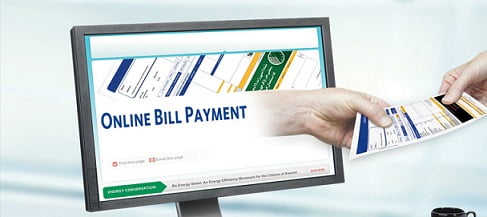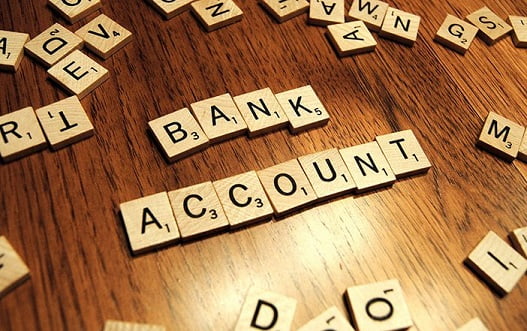Being able to quickly, safely, conveniently, and accurately pay bills from home (or anywhere else you can access the Internet) is probably the single biggest advantage of having access to your bank account online. And as far as that goes, I’m NOT a fan of “automatic draft,” but I AM a fan of “paying bills online,” or “online bill pay.” I will now explain the difference between these two payment methods.
Automatic draft
With automatic draft you authorize a company to electronically withdraw money you owe them directly from your account. Companies tout automatic draft as a consumer benefit because it’s convenient (you don’t have to write a check or take any other action) and cost-effective (you don’t have to pay for postage or worry about late fees). While it’s true that automatic draft is both convenient and cost-effective, bear in mind that it’s the companies you deal with that control the amount and timing of the electronic transfer (which is why they love it so much).
So why am I not such a fan of automatic draft? Note that it’s fine if everything goes exactly the way that it should – meaning that you’re charged correctly at the right time. After all, if you owe someone $100 on the 1st of the month it’s actually nice if that happens without you having to think about it. No, if you’ve got automatic draft and you get poor service and/or you’re incorrectly charged then suddenly you’ve got a different problem: the company already has your money, thus leaving you the burden of getting it back (which puts you at a disadvantage – you always want to be the one holding the money in a financial dispute if at all possible).
Be Careful of Auto Billpay
As an example, my friend Alison once joined a health club that required payment through automatic draft as a condition of membership. We agreed and everything went fine…until she decided to terminate her membership. I remember balancing the bank statement sometime afterwards and seeing a charge from the gym. Somewhat irritated I thought, “Surely that’s the last charge. Didn’t Alison terminate her membership over a month ago?” But the next month’s bank statement came and a monthly charge was still coming through! We then realized this was never going to stop unless we took action. It took several calls to the heath and their accounting office to get things straightened out, and we finally did get our money back, but it took a good deal of effort our part to make that happen.
So to summarize, one of the main drawbacks of automatic draft is that if there’s a problem then you have to make all of the effort to fix the company’s mistakes in order to get your money back. I don’t like that. I would recommending using your credit card. Still, I’m not saying you should never consider using automatic draft. For example, in some cases when paying back a loan you’ll be offered one interest rate, but if you agree to pay it back using automatic draft then you’ll be given a lower rate. So the bottom line is that if a company you’re dealing with is willing to share some of the benefits they receive from getting paid by automatic draft then I believe it’s worth considering. If they’re not – if all they want is an automatic way to take your money at the time of their choosing – then I think you should select the method of payment that’s best for you, and most often that will be to pay your bills online using your bank account (which is sometimes referred to as “online bill pay”).
Paying bills online (or online bill pay)
Like automatic draft, paying bills online using your bank’s website is convenient and cost effective. In addition, it enables you to control how much money you pay, who you pay it to, and when they’ll be paid. This is how it works.
- Log on to your bank account (for general information on how to do this if you don’t already have access to your bank account online click here).
- Go to the “Pay Bills Online” section (the name will vary by website).
- Enter who you want to pay (if the payee is not already in your bank’s records then you may have to input the information manually the first time you make a payment).
- Decide which account you want the money to come from (it could be from a checking or a savings account you have at the bank).
- Enter how much you want to pay them.
- Enter the date you want them to be paid.
After you’ve input this information then one of the following two things will happen.
- If the payee is set up for electronic payments at your bank then the money will be transferred from your account to the payee’s account on the date you selected.
- If your payee is not set up for electronic payments then on the date you selected your bank will automatically print a check and mail it to the payee.
Note that paying bills online is slightly more work than automatic draft because you do have to take some action: you have to log onto your account and follow the steps above. However, it still saves you postage and the time it takes to write checks (just like automatic draft). But even more than that, paying your bills online enables you to take control of your hard earned money by determining how much you will pay, whoyou pay it to and when they’ll be paid.

